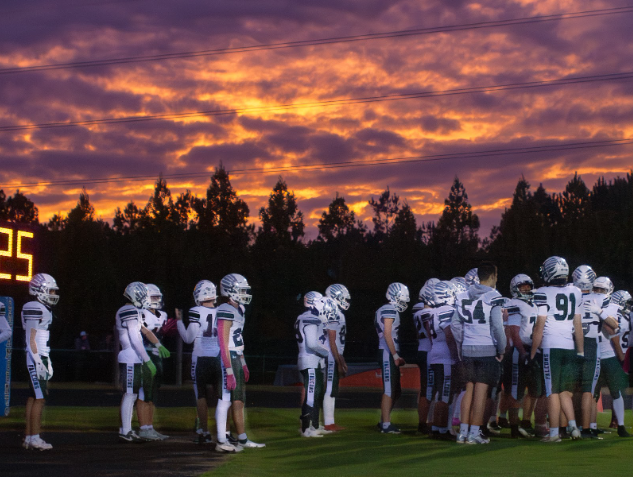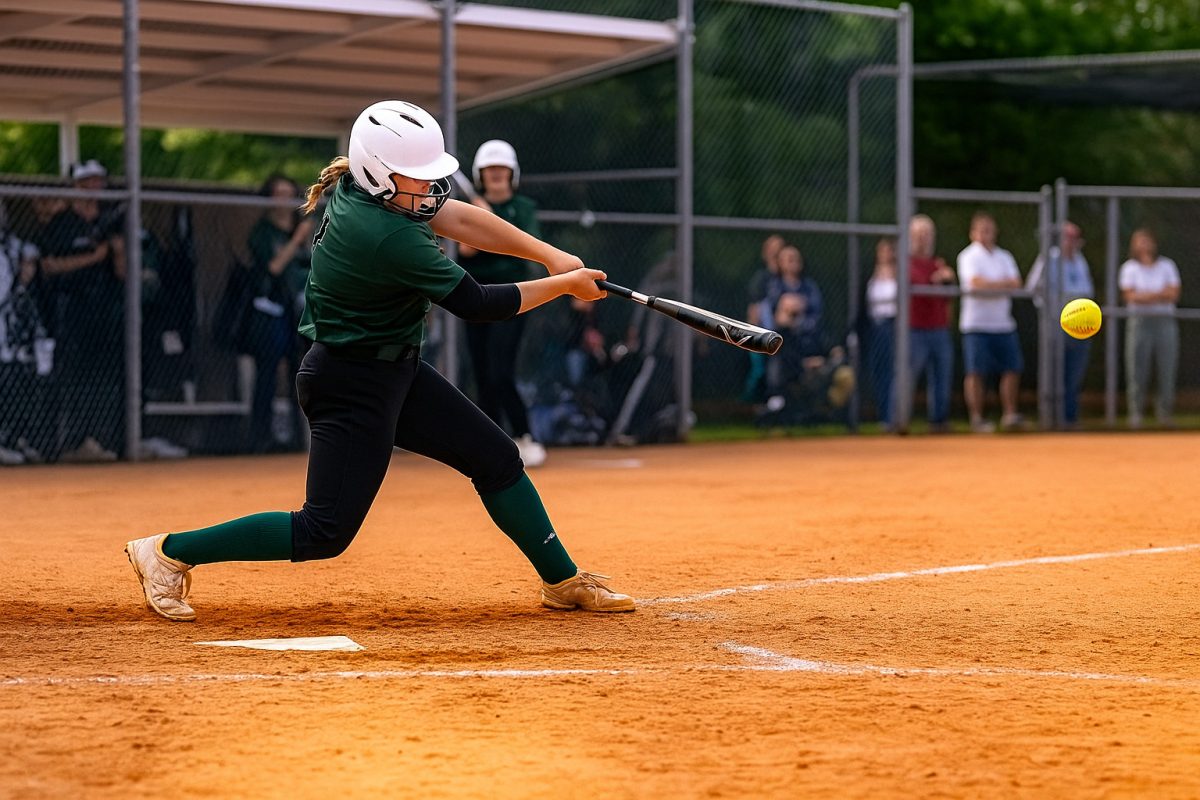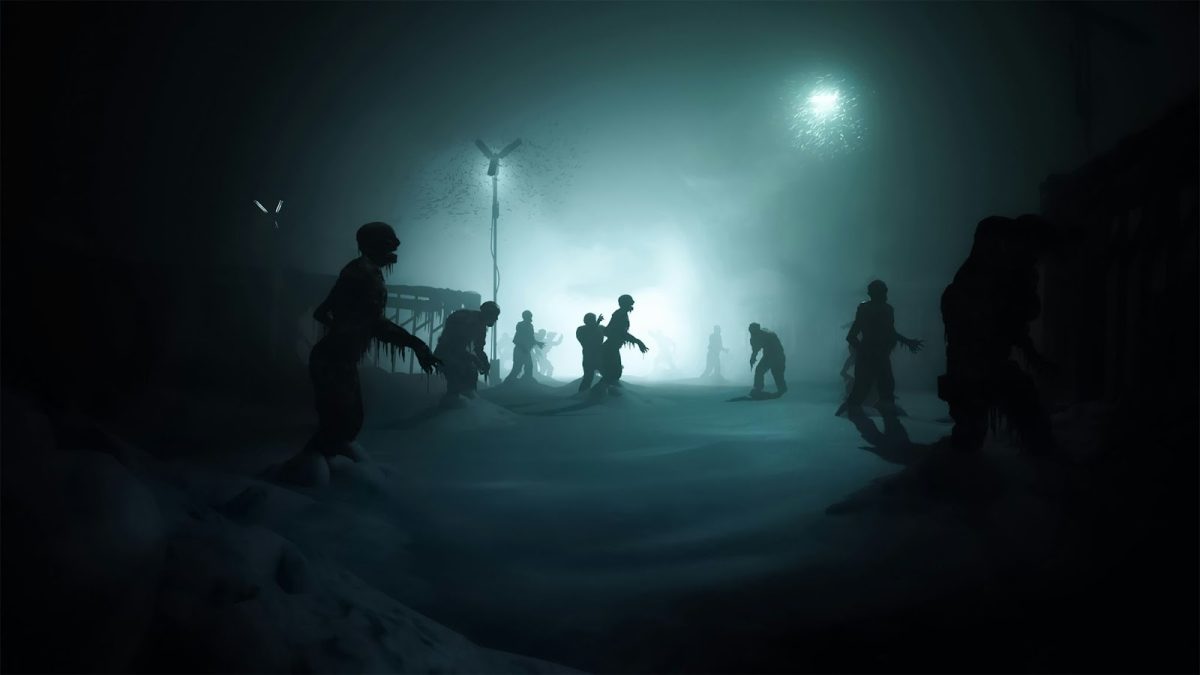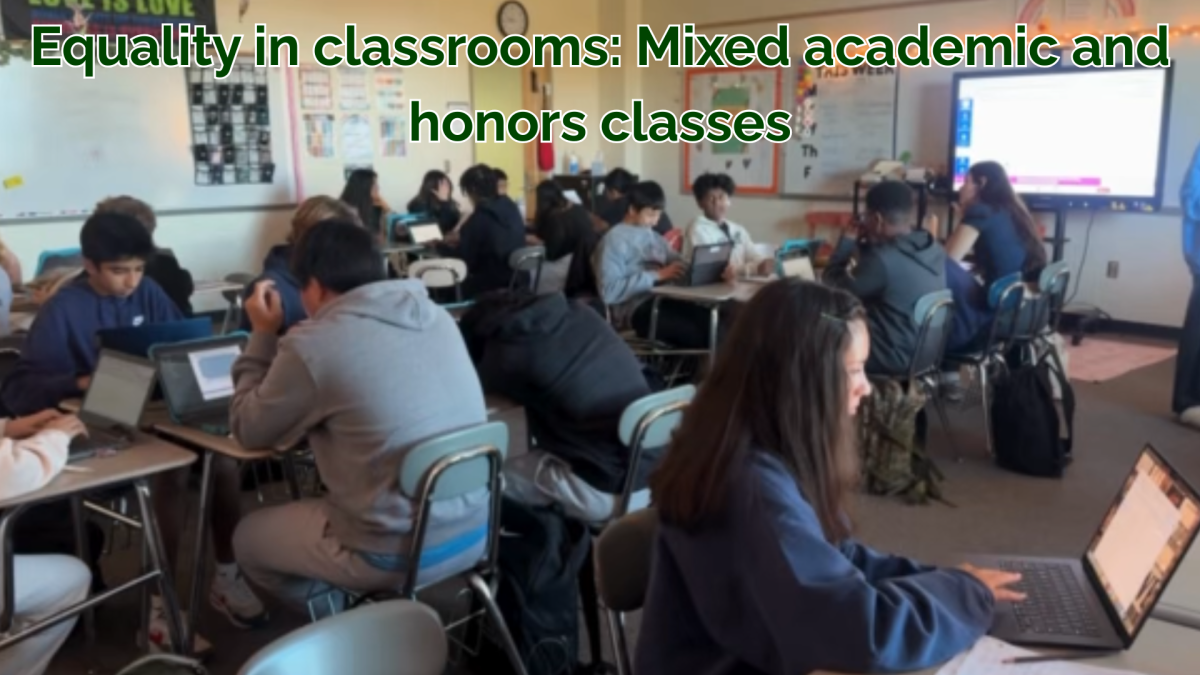English Language Arts (ELA) is a divisive subject. From implementing new books to teaching new common core standards in ELA classes, its curricula change more often than any other core subject each year. Even with the constant variation between school years, certain books like “Romeo & Juliet,” “The Great Gatsby” and “Lord of the Flies” are taught so consistently in English courses that they have earned a reputation for being staple books in high school curriculum. Despite these books’ long tenure in high school English classes, many students share a common question: “Are literary classics still relevant?”
There is a distinct difference between a classic piece of literature and a modern one. Classics are popular and widely studied pieces of literature, and just as not every book released this year will be considered a classic half a century from now, not every book from half a century ago is a classic. A classic has gained a level of notoriety and fame that not every book from that time has, and teaching these books awards students with a level of cultural awareness present among many high schools.
It is within the nuance of the difference in opinions between students and teachers, as well as the contrasts between tastes and time periods that prompt the old versus new debate.
One part of answering this question comes down to the perceived purpose of an English class. One may say that English classes are intended to teach grammar rules and conventions of the language, educating students on how to write effectively. Others may say that English is an analysis class, teaching students to look at pieces of literature critically, which may help with understanding news articles or other writings. Another stance could argue that English classes intended to give students a sense of cultural literacy, helping students know and understand the world around them through pieces of literature. Each of these perceived purposes are different facets of English class, but none of them fully embody its purpose. In each facet, both classic and contemporary pieces of literature have a place. Effective writing and grammar, as well as analysis techniques can be taught through any English book, classic or not.
Fallacies are present in each of these answers that explain the purpose of an ELA class, however. If a class is trying to teach grammar, it would not matter if the book was a classic or not. Both classics and modern stories would be grammatically correct and thus teachable. Looking at English classes as an analytical tool, it seems that there would be no downside to choosing an older piece versus a newer one, as analysis could be done through any medium. In terms of teaching cultural literacy, modern retellings of older stories may help students understand those classics, thus gaining cultural awareness while remaining weary of modern sensibilities. Taking these three points, there isn’t a clear answer of whether there’s any specific benefit to teaching mostly classic or modern literature. Perhaps the answer lies in the students.
Students are a diverse group. With only one mere uniting factor among them– their age– students’ perspectives are bound to be varied. Each student will have different sensibilities, tastes and desires from an English class. A book like “To Kill A Mockingbird” may resonate strongly with one student, but not with another one. From the angle of the students, is it really an issue of whether a book is a classic or not that affects debates on which books to teach in English classes?
Green Hope High School English teacher Mrs. Melanie Diorio contests that instead of debating whether classics should be included in classes, the diversity of books that students read should be considered more heavily. She emphasizes the necessity of diversity in the materials taught in classes, stating “Exposing students to as many voices and cultures as possible would help them, especially if they go on to a four-year degree or institution.”

Modern books have a place in English curriculum, but they can’t entirely overtake the place of classics; at the same time, the fact that a piece of literature is a classic doesn’t necessarily give it a place in English classrooms. Modern books will have a more modern perspective on issues, and older books will have older sensibilities. Both of these perspectives are important to be taught and learned in English classes.
There is no one book, genre or time period that will appeal perfectly to every student in every class. Not only will students gravitate towards books they enjoy reading but they will also prefer books with perspectives they relate to or identify with. Regardless of whether a book is a classic or a modern piece, what’s important to students is the diversity in the materials they learn.
Maybe a student wants to learn from an older perspective; on the other hand, other students may want to understand a more modern viewpoint… Maybe they want to learn from a foreign perspective. The only way for these students’ desires to be fulfilled is to implement a diverse range of materials in ELA classes.
Should classics be taught in English class? Yes, but not exclusively. In a class as fluid as ELA, it doesn’t make sense for only one perspective on any one issue to be shared. Just as the students taking the class have all different perspectives, the pieces of literature they are taught need to have that same diversity.















































































